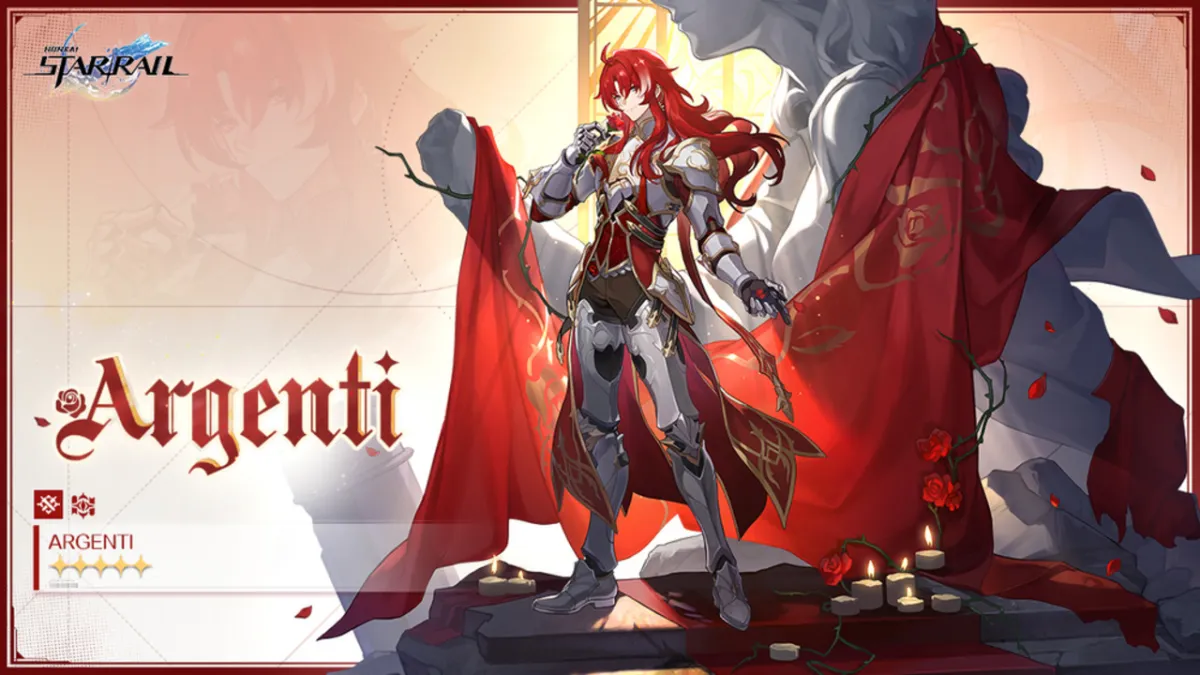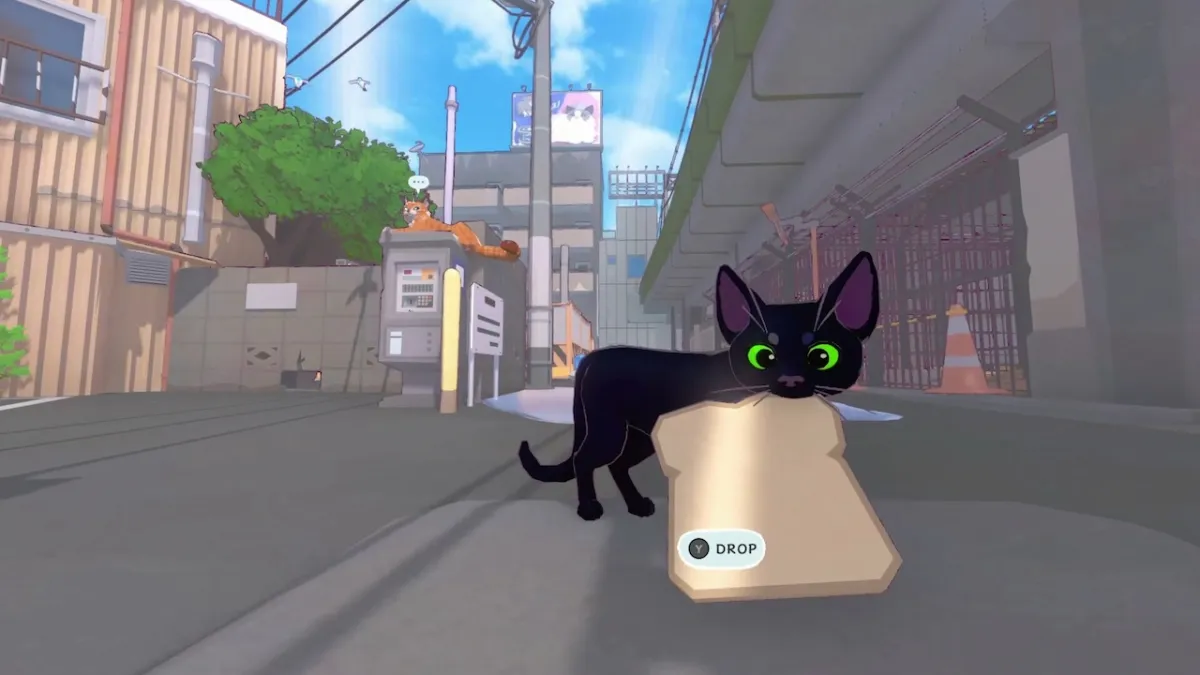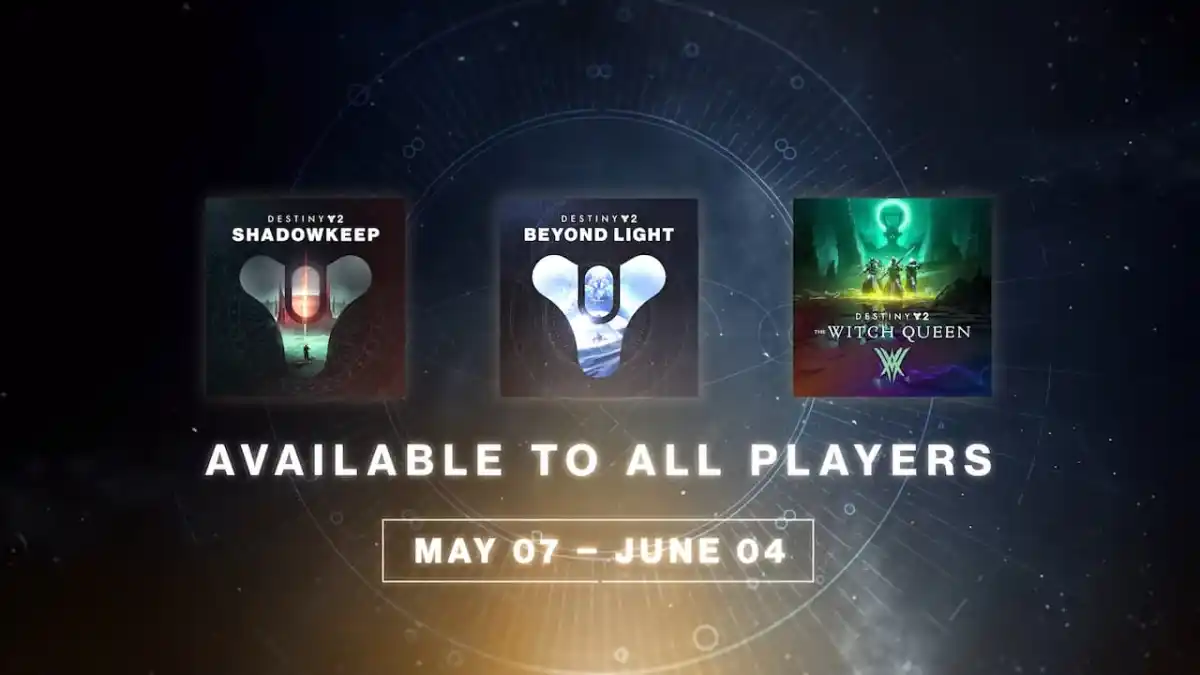The Souls series of games (Demon Souls, Dark Souls) has proven to be a commercially and critically successful one. These games in the franchise have many notable elements that serve to support such acclaim. They all have stunning models and architecture, a deep focus on exploration, and intricate level design. They all feature dark and lonely worlds with a narrative that can only be pieced together by the player bit-by-bit if they choose to do so. They all feature deep character customization and a clever combat system. But above all, the most remarkable element of the Souls series of games is their difficulty.
Dark Souls III launches worldwide next week, and there’s no doubt from the early reviews and the prior Japanese release that it will maintain its notorious level of difficulty. Unlike many modern games, the Souls series features no real difficulty options. While there are often in-game items or effects that can make the game easier or harder if you know where to find them, the default level of difficulty is always hard. You can’t open up a menu and lower the difficulty if you get stuck on a boss, nor can you select your difficulty when you start a new game.
Perhaps surprisingly, this default difficulty, and the lack of options to change it, is one of the greatest draws of the game. People love it because it is difficult, not despite its difficulty. So why is it that, in a modern environment where difficulty settings are the norm and most popular games are fairly straight-forward, a series that bucks that trend would prove so popular? It’s an interesting question, and one that may have a variety of answers.

Victory (noun) 1. Achievement of mastery or success in a struggle or endeavor against odds or difficulties 2. Dark Souls Definition: Ha-ha-ha-ha and ha.
Personal Growth
In truth, I’ve never found Souls games to be fun. I can’t recall a moment where I ever thought to myself “I am enjoying this.” I did, however, find them very rewarding. And that, I think, may be the point. The Souls games are brutal because they’re designed to make players feel empowered by overcoming real obstacles. They want players to die, to have to rethink their strategy and grow their skills so that, when the player finally reaches the next horizon, the player feels that they’ve earned it themselves. The reward in hard games comes from personal improvement and achievement, even if those improvements and achievements aren’t generally transferable to other activities, or even other games.
The Souls games, in particular, are designed entirely around this. The games set checkpoints in the form of bonfires (where the player can rest and level up), and the space between is essentially a challenge to be overcome between them. Death may be frequent, but it’s rarely that punishing. Like Tom Cruise’s character in Edge of Tomorrow, the player can overcome even the most difficult segments by learning from repetition.
Part of this is mere memory, and part of it is growing one’s skill. And the reward from completing these segments is the feeling not only of successfully reaching the end, but of having had to learn and to grow in order to get there. The games demonstrate your initial unpreparedness by killing you, and then provide the means to learn, discover and improve. While the games do punish dying, the punishment is never enough to prevent success, and serves to both encourage faster growth, and to give you a sense of unease and fear (which some people, I assume, enjoy).
So, for the Souls games, it seems clear that the difficulty of the games is designed to give players a sense of accomplishment and reward for personal growth. That’s all well and good, but it doesn’t answer the question of why the games don’t have a difficulty option. After all, a good challenge to one player is an impossible barrier to another, and a cakewalk to a third. Why not let players choose the level of challenge they want for themselves? Certainly, it’s better that someone plays the game on an easy difficulty than doesn’t play the game at all. Or is it?
Community and Elitism
At this point, I want to introduce the other series of games I want to talk about: Ninja Gaiden. Specifically, I’m referring to Ninja Gaiden (including Ninja Gaiden Black) for the Xbox and Ninja Gaiden II for the Xbox 360. These games were also notoriously hard. However, these games also offered players difficulty options (even if some of them would insult the player, such as the “Ninja Dog” difficulty in Ninja Gaiden Black). The default difficulties tended to still be fairly strenuous, but at least there were options to allow players of lesser and greater skill to choose their own path.
The Ninja Gaiden games, however, never built up the same level of community that the Souls games seem to enjoy. While perhaps partially explicable on the grounds that the Ninja Gaiden games came out earlier, I believe that the standardized difficulty of the Souls games contributed in a large way to fostering a group of people who could connect around shared experiences.
And like veterans bonding over shared battle experiences, shared challenges tend to draw people together.
When a game only offers one way to play, and that way happens to be relatively difficult, you either face that challenge or you do not. And like veterans bonding over shared battle experiences, shared challenges tend to draw people together. Experienced players help newer players succeed and encourage them to keep going, and once the trials are over, those that succeeded can boast and commiserate with each other, endlessly discussing their greatest difficulties and successes.
In contrast, when there are multiple ways to go through the same game, simply getting to the end is no longer a ticket into a club of shared experiences. The group of players divides based on difficulty levels. The more skilled players look down on those who merely waltzed through on the easiest difficulties. The problem, perhaps, is more than just the fact that those lesser players didn’t play the same game and share the same experiences, it’s also that they’ve trivialized the accomplishments of the more skilled players.
This is where there’s a certain element of elitism. Beating a game with multiple difficulty levels is no longer, on its own, an achievement. A player speaking to another will now have to specify the difficulty level on which they played it, but even then, there’s a sense that the challenges faced were therefore artificially introduced by the player themselves. A less-skilled player can always say: “Yes, but I beat the game too, and who cares if you chose to face a harder challenge? That was your decision.”
The Trade-Off
By removing that decision from the player, the Souls franchise ensures that all players have the same experience, face the same challenges, and will be part of the same community of players. The players who beat the game are automatically inducted into the singular club, and there are no lesser bars by which other players can gain access. The cost is that the challenge may be too hard for some, and may be too easy for others. That the Souls series manages to nail the difficulty for so many is a testament to the design of the series, but the games certainly aren’t for everyone. Nor, for that matter, are the Ninja Gaiden games.
But games that have more difficulty options will always allow more players to experience the game, and to set their own challenge. Perhaps game designers fear that players, given the choice, will choose to set the difficulty too low and deny themselves the personal growth and reward that overcoming real obstacles will bring. But by setting the challenge for them, game designers may well be setting the barrier too low or too high for many. It also means that players cannot learn the game on a lower difficulty, and then apply it to a higher one. While Souls games may have NG+ modes, these aren’t true difficulty increases, and by and large, the same skills will see a player through.
So should the Souls franchise have difficulty options? As we’ve seen, it’s a trade-off. Having difficulty options allows entry for more players, allows players to set their own level of challenge and reward based upon their own skill, and allows players to replay the game at harder difficulties once earlier skills are mastered.
Not having a difficulty option, on the other hand, ensures that players won’t miss the reward of personal growth by making the game too easy for themselves, and helps a community of people grow around a shared challenge, while ensuring that a player’s achievements don’t feel trivialized. In either case, trying to ensure players are properly challenged is key, and both methods have their advantages and disadvantages in doing so. From Software clearly prefers offering a singular difficulty, and there’s little reason to suggest they’re wrong in that choice.
Editor’s Note: Admitting my personal bias, I found the Ninja Gaiden games to be both fun and rewarding, enough that I would replay them at harder difficulty levels. No Souls game has made me want to bother replaying them or continuing on into an NG+. Souls games certainly have the edge when it comes to art direction, customization, level design, and atmosphere, but, for me, the Ninja Gaiden games have them cornered on fun.
Do you agree or disagree? Let me know why in the comments below.






